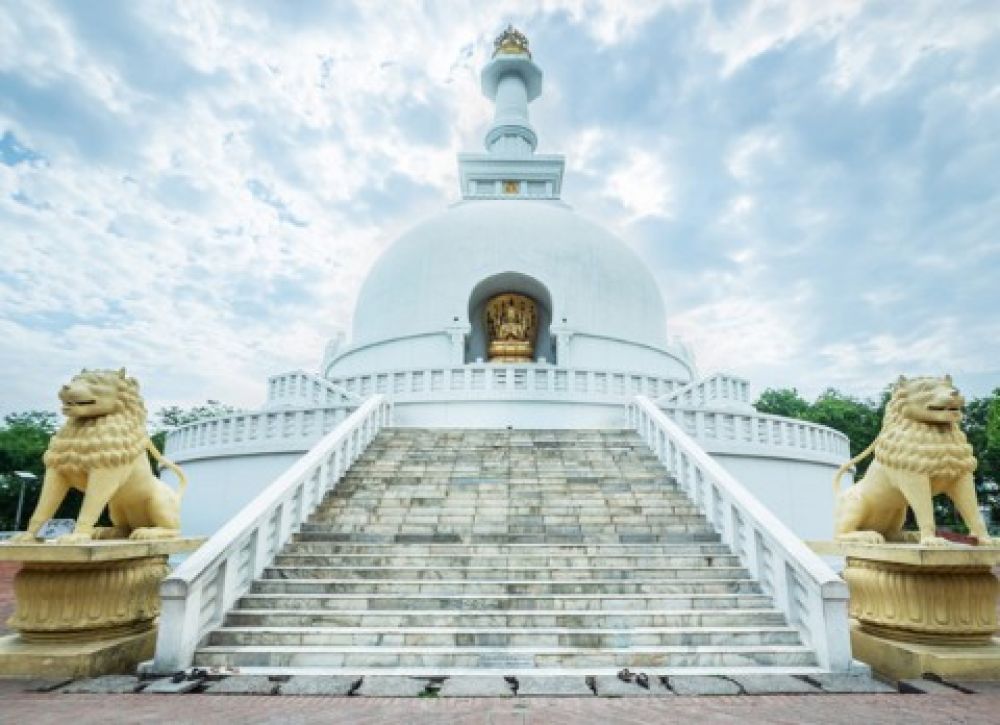

Step back in time and witness the grandeur of Buddhist architecture at The Great Stupa in Nalanda, Bihar, one of India's most significant historical treasures. The origins of tourism at this ancient site are intertwined with the history of Nalanda itself, an acclaimed center of learning from the 5th century BCE to 1200 CE.
The Great Stupa at Nalanda stands as a testament to the splendor of an era where knowledge was paramount. As part of the esteemed Nalanda University, the stupa was visited by scholars and monks from across the world. The site's decline came with the sacking by Turkish invasions, and it lay forgotten until the 19th century when archaeologists rediscovered it, sparking an interest that would lay the groundwork for future tourism.
With the rediscovery by the Archaeological Survey of India (ASI) in the late 19th century, Nalanda began attracting history enthusiasts and researchers. Efforts to preserve and restore the Great Stupa and the surrounding ruins have been ongoing, with various countries contributing to the site's conservation. The inclusion of Nalanda in the list of UNESCO World Heritage sites in 2016 further emphasized its value and boosted tourist interest worldwide.
In recent years, the approach towards tourism in Bihar, especially at historical sites like The Great Stupa, has emphasized sustainable practices and educational experiences. Tourists are offered guided tours, interpretation centers, and comprehensive signage to understand the site's history deeply. Digital advancements also allow virtual tours, accommodating those who cannot visit in person.
The Great Stupa continues to attract scholars and students, serving as an open-air classroom for history, archaeology, and Buddhism studies. This form of educational tourism is growing, with institutions worldwide recognizing the value of onsite learning.
Buddhist pilgrims from around the globe visit The Great Stupa, seeking spiritual connection with the past. This ancient monument not only educates but also inspires a sense of peace and reflection among its visitors.
The Bihar government and tourism board often organize cultural festivals and events at the site, showcasing local arts, crafts, and traditions linking current activities with the historical significance of Nalanda's past.
While the tourism potential of The Great Stupa is undeniable, it faces challenges such as infrastructure development, preservation efforts, and visitor management. To harness the full potential of this historical marvel, continued collaboration between international organizations, the Indian government, and local communities is essential.
As we look to the future, the trend is towards creating an integrated tourism experience that honors The Great Stupa's historical significance while ensuring its preservation for generations to come.
Witnessing the increasing interest in historical and spiritual tourism, The Great Stupa of Nalanda, with its rich past and spiritual allure, is poised to remain a beacon of ancient wisdom and a must-visit destination for foresighted travelers seeking a deeper understanding of India's cultural heritage.